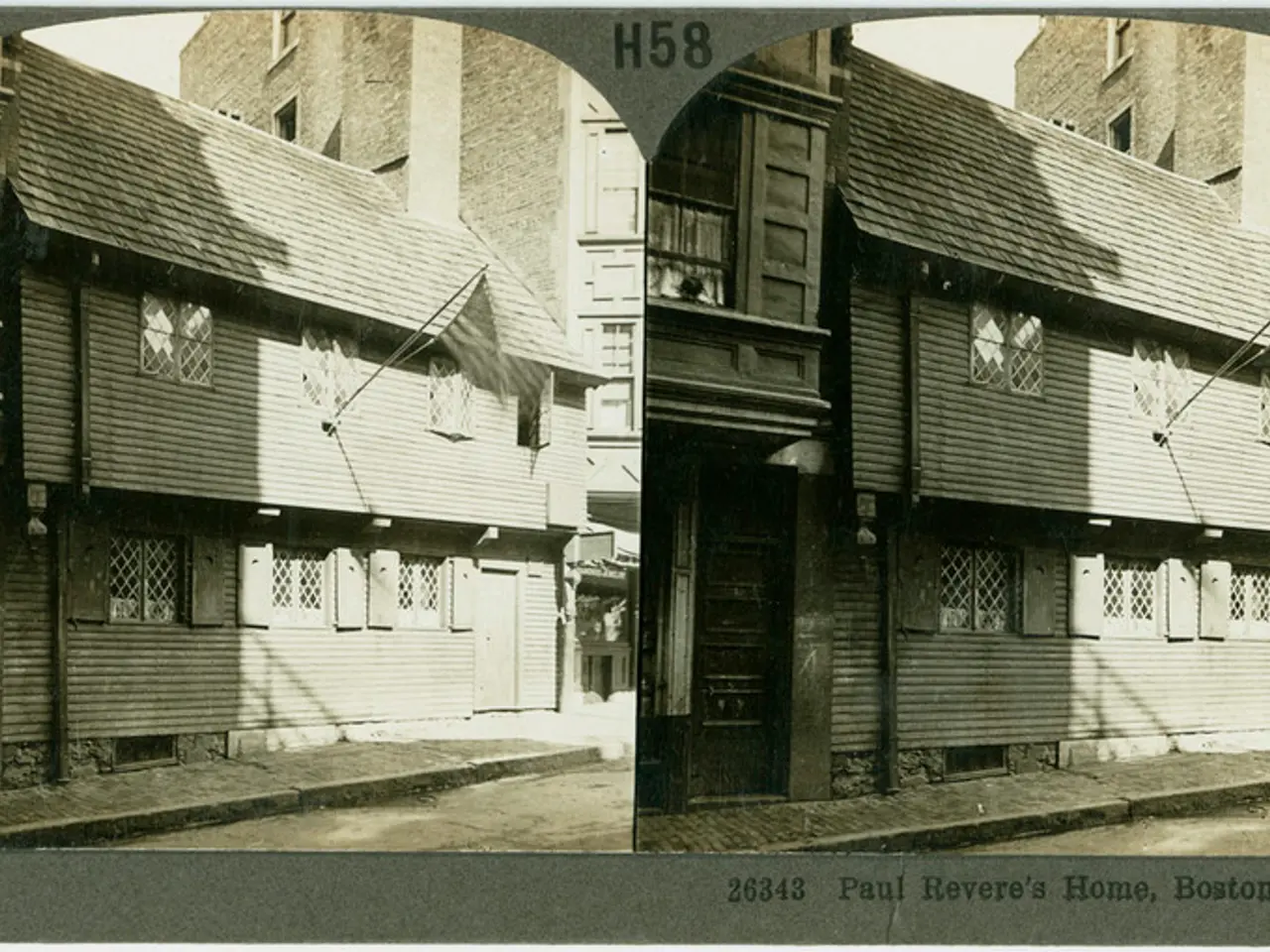U.S. Workspace Landscape Rocked by Trump Administration Policies
The US office real estate market faced a challenging period due to COVID-19 shutdowns but began a fragile recovery in late 2024. This recovery was marked by an inflection point in the second half of the year, characterised by increased leasing activity and a significant reduction in renewals.
Certain sub-markets showed positive trends, with almost half turning positive in net absorption in Q4 2024. Miami, Nashville, and Boston emerged as attractive locations for investment, thanks to their positive indicators for office recovery and growth.
Miami's strategic location for business with Latin America, low vacancy rates, positive net absorption, record rents, and a nominal yield of 10.2% make it the most attractive location to take advantage of a recovering office real estate market. Boston's low vacancy rate, high office attendance, growing asking rent, and strong tenant retention lend themselves towards a positive investment thesis. Nashville's vacancy rates, high absorption, a diverse economy, and a nominal yield of 10% make it an interesting market to invest in.
However, the recovery was not without its challenges. The White House's unpredictable policy agenda and the lack of clarity on trade policy caused growth forecasts to be downgraded and tariff uncertainty to rattle the equity and bond markets. The Trump administration's policies, particularly the Department of Government Efficiency's (DOGE) plan to terminate over 679 office leases and divest from 400 properties, added to the concerns in the US office market.
Historic discounts were seen on once sought-after properties, including 285 Madison Ave in New York, which sold in July 2024 for US$300m, down from US$610m in August 2017. The thaw in debt capital markets, especially noticeable in conduit and single-asset-single-buyer (SASB) markets, provided some support for the sector.
The return of SASBs for office assets signaled the beginning of relatively efficient sources of office finance, having returned to the market with ~US$10bn of issuances in Q1 2025, after a complete absence in 2023. Capital market spreads, which reflected a tightening trend since early 2024, provided support for most efficient leverage options for the sector.
Net absorption returned to negative in Q1 2025, indicating a slowdown in the recovery of the US office real estate market. Discounts are more pronounced outside prime markets. The recovery in the US office real estate market is set to continue disparately across regions, with factors like net absorption, trends in vacancy and rental growth, hybrid working rates, and government interventions determining the pace of recovery.
Companies are turning from contraction to expansion on US affiliate buildings, and office attendance is now at one-third below pre-COVID levels. Despite these challenges, the US office real estate market continues to show signs of resilience, with pockets of growth and recovery evident in certain sub-markets and cities.
Read also:
- visionary women of WearCheck spearheading technological advancements and catalyzing transformations
- Recognition of Exceptional Patient Care: Top Staff Honored by Medical Center Board
- A continuous command instructing an entity to halts all actions, repeated numerous times.
- Oxidative Stress in Sperm Abnormalities: Impact of Reactive Oxygen Species (ROS) on Sperm Harm








